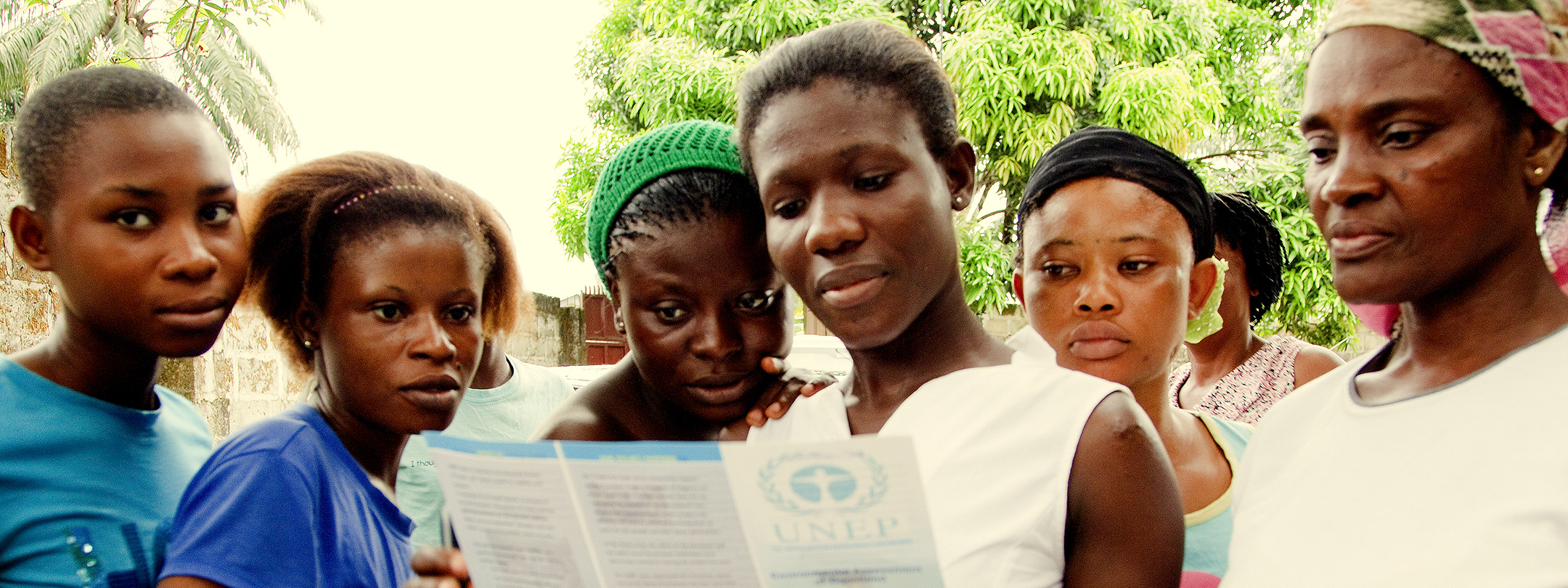What Do We Need to Know to Plan and Evaluate Social Programs and Services?: The Methods of Social Research on Community Needs and Resources
Publisher: International Multidisciplinary Conference
Author(s): Jae-Sung Choi, Chung-Kwon Lee, Myoung-Il Kim, Hye-Jin Kim, and Jung-Woo Kim
Date: 2014
Topics: Assessment, Monitoring and Evaluation, Programming, Renewable Resources
Countries: South Korea
Human trafficking is a serious problem faced by many countries in the world. Several studies have highlighted the so called “pushing” and “pulling” factors that contribute to human trafficking problem. The pushing factors among others include issues related to poverty, gender inequality and lack of job opportunity. On the other hands, the pulling factors involves the offering of better employment with wellpaid salary, conducive environment for sex worker activity, profit seeking, corruption as well as criminal networking. This paper therefore aims to discuss in more detail the several causes or factors of human trafficking. Findings were based on the qualitative research involving nine (9) informants who were the victims of human trafficking. Study findings have highlighted that besides the pulling and pushing factors, human trafficking is also greatly connected to family problems, such as the impact of divorce on women and children in terms of psychological, emotional, social and economic difficulties. In fact all of the family problems places women and children become more vulnerable and further got trapped into the tactics and false promises of the traffickers. Other family issues also includethe absence of warmth in the family and family socioeconomic struggles. Keywords: Human trafficking, triggering factor, poverty, lack of job opportunities, women and children.
